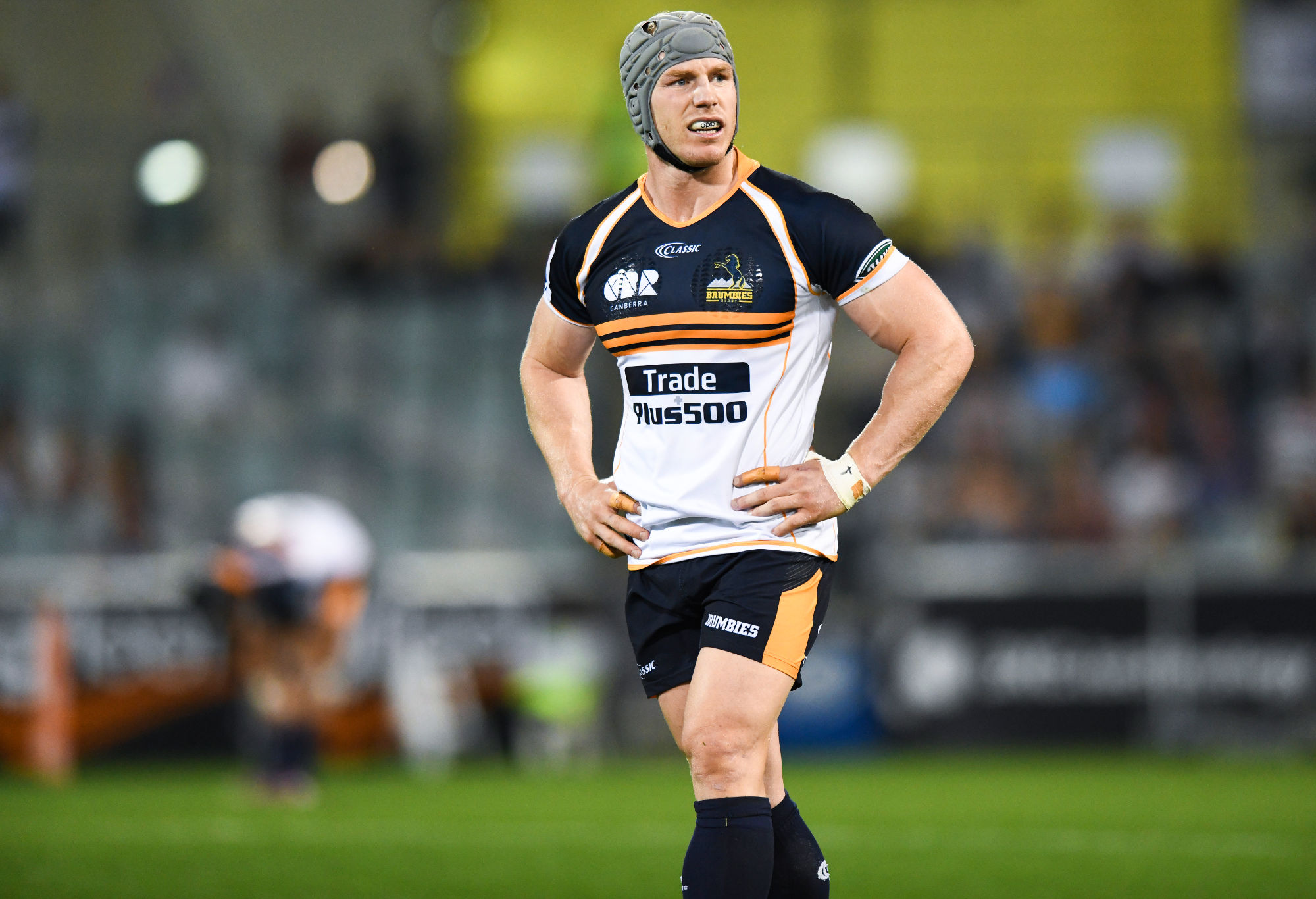After highlighting the closeness of the mid-table teams last week, the Round 9 results over the weekend brought an interesting addendum to those observations.
But three of the four Australian sides won’t need to worry about being in the mid-table group if they can’t address one significant issue.
Where after Round 8 five teams between seventh and eleventh were separated by just one point, a bunch of surprise results in Round 9 has seen the group of teams grow further down the table.
Now, seven teams between eighth and fourteenth are separated by just two points. All seven teams are hovering around the three-win mark, with some teams sitting in this grouping with just two wins, but with a healthy bonus points haul as we near the halfway point of the season. These could prove invaluable, should the Sharks and Blues start stringing some wins together through the back half of the season.
Similarly, the Bulls, Brumbies, Reds, and Blues also have something of an advantage up their sleeve, having played one game fewer than the Sharks, Stormers, and Jaguares among this collection of teams.
It all just underlines the points made last week. The top seven teams may be somewhat settled already, but even if you’re not thrilled about the prospect of eight teams playing finals in a 15-team competition, having a large bunch of teams still eyeing off the final wildcard position is actually a healthy thing for the competition.
But this is all secondary to a more important issue that has somewhat consistently plagued the Rebels, Brumbies, and Reds this season.
If all three sides don’t quickly address this becoming-alarming trend of second-half fade-outs, then finishing in a wildcard position won’t be something that concerns them.
The Rebels have lost three games in 2017 – to the Waratahs in Round 5, the Hurricanes at home in Round 7, and most recently to the Jaguares in Melbourne on Saturday afternoon.
There’s a pattern to all three losses, too. Against both the ‘Tahs and the Jags, the Rebels led at halftime, 20-10 and 14-3 respectively, and though they didn’t lead at halftime against the ‘Canes, they did lead 19-7 just before the break. Against the Jaguares, they even led 19-6 after 50 minutes, and 22-18 fifteen minutes later.
Three games in which the led comfortably, only to fade badly in the second half.
The Brumbies’ four losses have come against the Reds in Brisbane in Round 3, the Rebels in Melbourne in Round 4, then to the Waratahs at home in Round 7 and away to the Highlanders on Saturday evening.
The difference for the Brumbies is they didn’t lead any of the four games at half time, though they were right in them. The Rebels game was the only one of the four in which they trailed by more than two points at the break.
The final results? Losses by eight, 23, seven, and 26 points respectively. The Highlanders loss is made worse by the fact they only trailed by five with twenty to play. A Waisake Naholo intercept and a Ben Smith counter-attacking try within seven minutes of each other and the Brumbies were out of it. Their worst, and fastest fade-out.

(AAP Image/Rohan Thomson)
The Reds have also lost four games: to the Rebels away in Round 3, to the Stormers in Cape Town in Round 5, another heavy loss to the Brumbies in Round 8, and then to the Waratahs at the SCG on Saturday night.
The Reds have also trailed at halftime in three of their four losses – by 12 against the Rebels, 11 against the Stormers, and seven against the Tahs. They led the Brumbies – coincidentally enough – by six at the break in Canberra ten days ago.
Their second half fade-outs are just as worrying: losing by 26 to the Rebels, six to the Stormers, 24 to the Brumbies, and 21 to the Waratahs.
The common denominator for all three sides has been a fatal loss of momentum, which responding to and recovering from has proven too much for all three sides in varying state of rebuild. The Rebels are a completely different side this year; the Reds are incredibly raw as a playing group at this level. The Brumbies have more time together as a group, but are now rebuilding combinations with key players who didn’t play last season.
It’s effectively been back to the drawing board for all three sides, and that comes through in their frustratingly inconsistent results. One week they win well; the next they’re ordinary.
But all three sides can play for eighty minutes, because they’ve done just that in wins this year. When they’ve been able to control the game and play the way they want to, they can do it. It’s only when they’re unable to stem the momentum swing that games get away on them.

(Photo by Jono Searle/Getty Images)
And, funnily enough, the blueprint for what they need to do to address this might just come in the form of the Waratahs, who in 2017 seemed to find new ways of losing games in the second half, most notably in those cruel losses to the Kings, and even the Jaguares at home – the latter a game in which they managed to lose momentum swings in both halves.
Interestingly, in 2018, the Waratahs’ wins have come in games in which they’ve trailed, been level, or led at halftime. Some margins have been narrow, others comfortable. But they’ve been able to gain momentum – extend it in some cases – and go on with the job in the second half. In their five wins, their average second half has been 21 points to nine in their favour.
There’s no simple solution for the Rebels, Brumbies, and Reds, but one must be found. It’s not just handling errors, or missed tackles, or ordinary kicking, or even coaching, but it’s also all of the above.
And the losses haven’t been all together. They have been able to turn bad results around the following week.
But all three teams will be kicking themselves in July if the consistent inconsistency remains.































































































